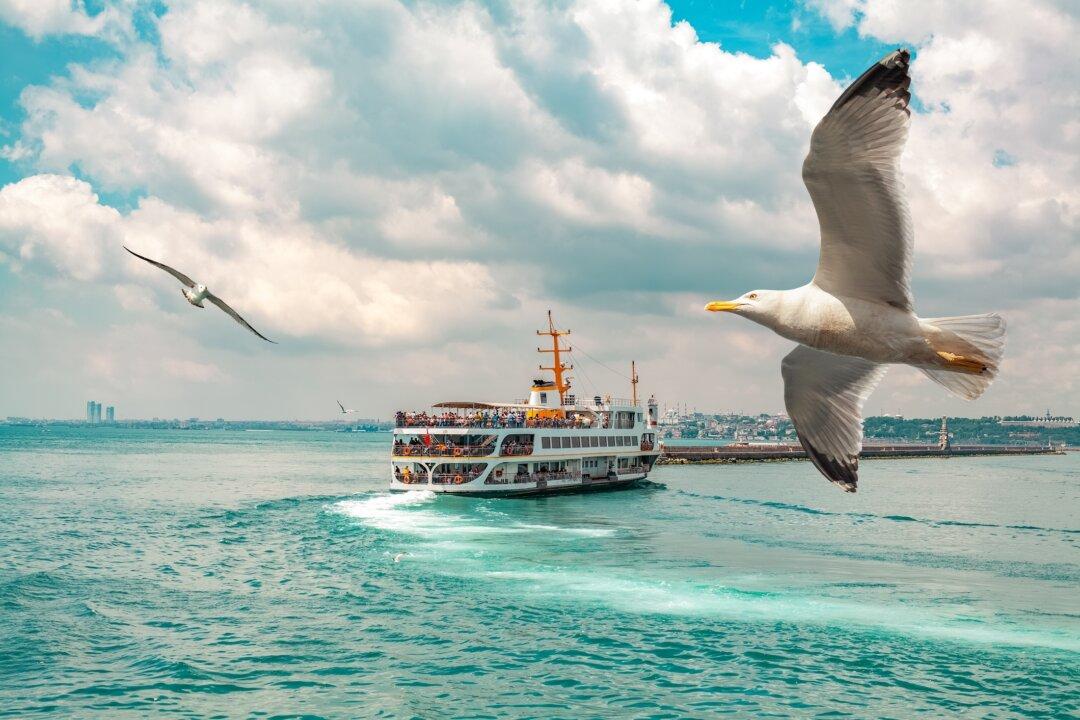There are few cities in the world more challenging to navigate than Istanbul. More than 15 million people spread across two continents. Traffic so jammed, it can take a whole hour to drive just a mile. A serviceable metro system. Trams and buses running in all directions. More yellow taxis than you can count, driving as fast as they can, all over town.
And then, there are the ferries. Istanbul is divided into two by the Bosporus, a wide, dynamic waterway connecting the Black Sea and the Sea of Marmara and separating Europe from Asia. At every hour of the day and all through the night, this mighty waterway buzzes with activity. Tour boats with the top decks full of visitors snapping photos. Coast guard boats with flashing lights. Big freighters weighed low with a heavy load, steaming for the sea. And above all, yes, the ferries.





